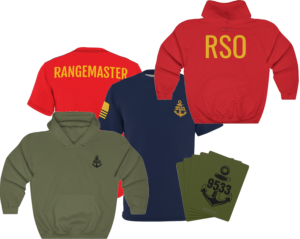Timothy Alston
- Retired Naval Special Warfare SWCC
- NRA / USCCA Instructor
- CA DOJ Firearm Safety Certificate Instructor
- CA DOJ Comparable Training Facility Instructor
- Utah CCW Instructor
- Taser Civilian Instructor
Making a Difference when a Difference is Needed
Real World Training for Real World Encounters
Upcoming Courses:
Firearms Training is what we do. 9533 Training & Consulting provides comprehensive training and education to individuals seeking to enhance their firearms skills and knowledge. Our mission is to promote responsible gun ownership and safety through expert instruction, hands-on training, and practical experience. Our courses cover a wide range of topics, from basic firearms safety and marksmanship to advanced tactical skills and self-defense. We cater to individuals of all skill levels, from beginners to experienced shooters, and our instructors are highly trained professionals with extensive experience in the field. Our goal is to empower our clients with the knowledge and skills they need to handle firearms safely, confidently, and effectively.

Get your Swag on!
If you are looking for T-Shirts, Hooded Sweatshirts, Cups, Stickers and more! Check out what we have to offer on our Swag Page.


